Have you ever wondered why your neighbor’s dog seems to have an opinion about everything, while another barely makes a peep? The truth is, some dog breeds are natural chatterboxes, while others save their voices for truly important moments. Whether you’re looking for a peaceful companion or curious about which dogs might make your ears ring, understanding barking patterns can help you choose the perfect furry friend for your lifestyle.
The Basenji – Africa’s Silent Mystery
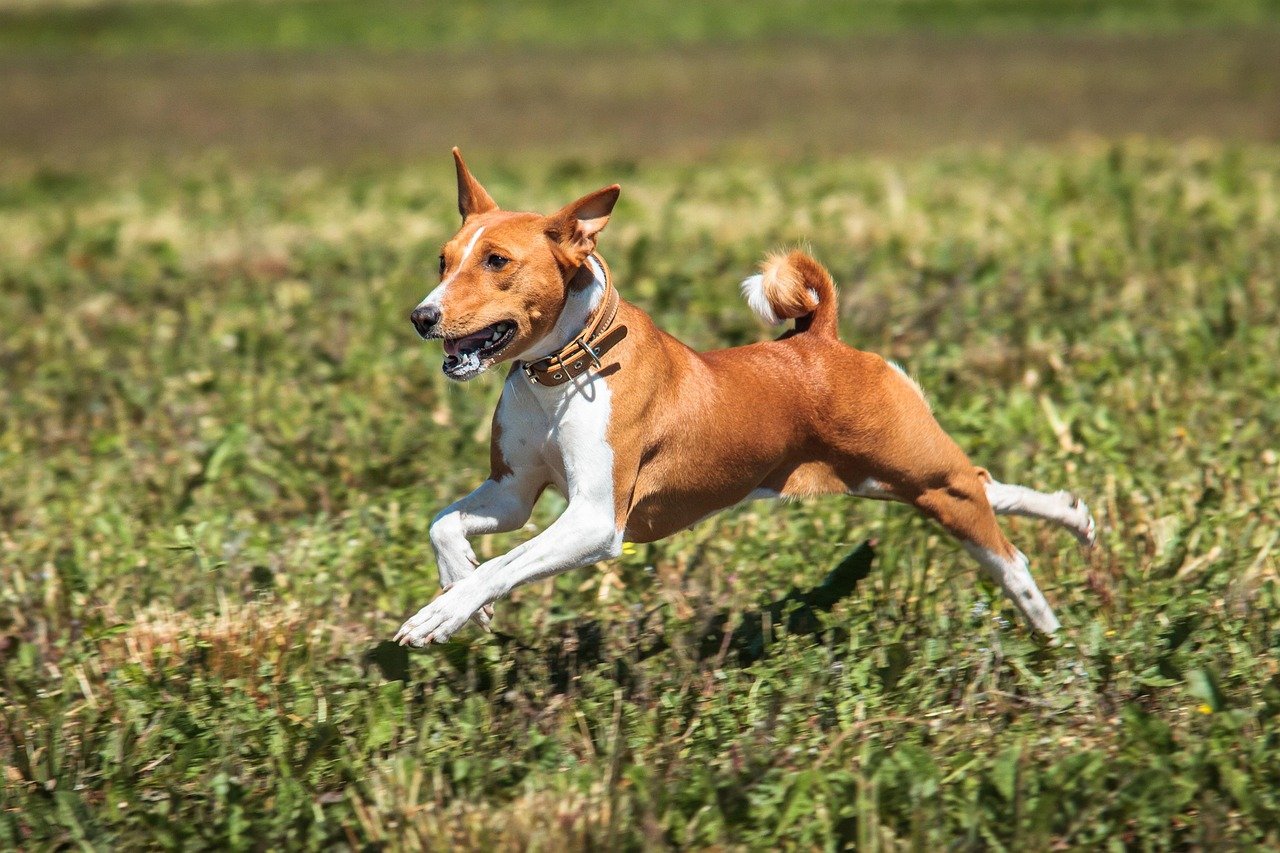
The basenji is actually known as the “barkless dog,” according to the American Kennel Club. Known as Africa’s “Barkless Dog,” this compact, sweet-faced hunting dog is known for its intelligence, poise, and – of course – tendency to make little to no noise. This isn’t just marketing hype – these fascinating dogs genuinely don’t bark in the traditional sense.
While it’s true the Basenji doesn’t bark, when they express themselves they make a unique sound that is something between a chortle and a yodel. Think of it as nature’s way of creating a dog that communicates more like a mysterious woodland creature than your typical backyard barker. This ancient breed developed in Central Africa, where stealth was crucial for successful hunting.
French Bulldogs – The Couch Potato Champions
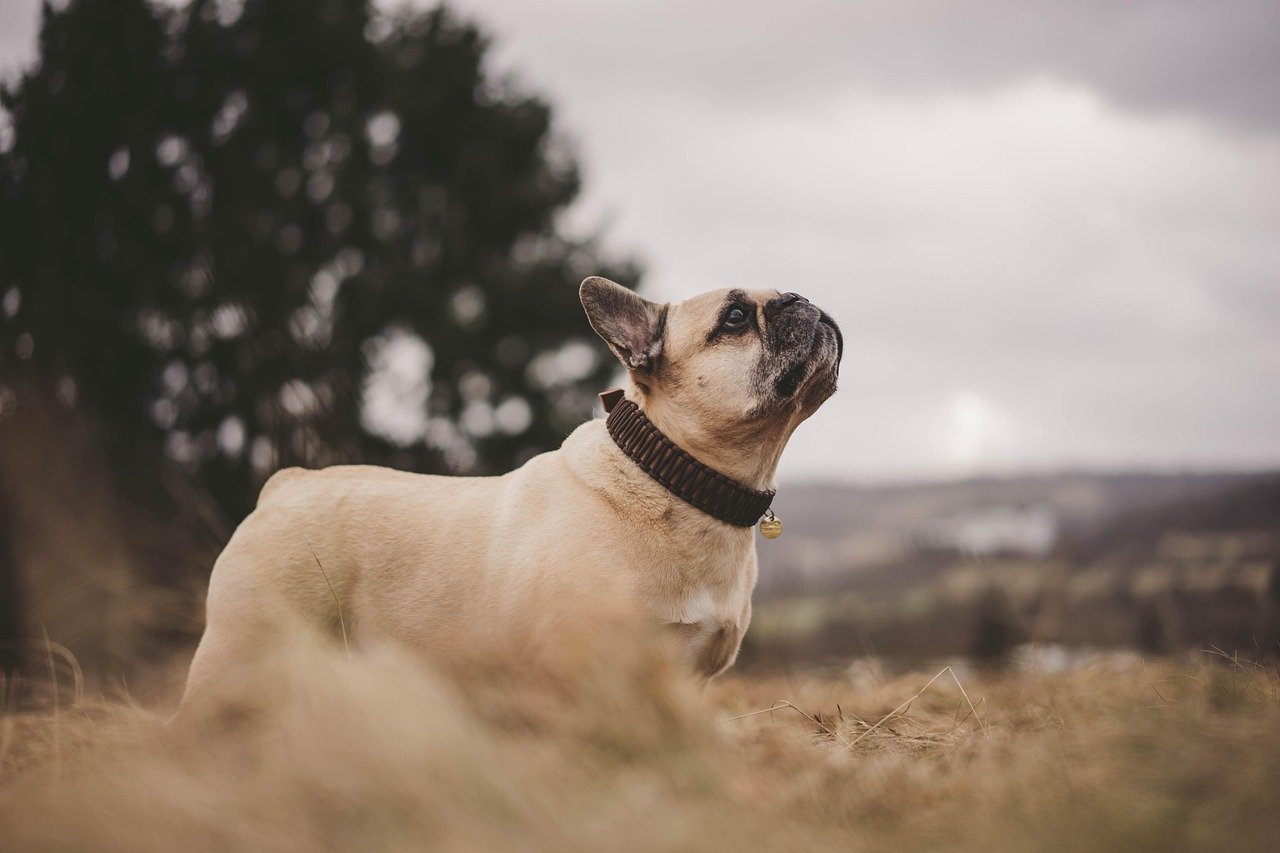
A popular choice for an apartment dog, they are playful and alert but not prone to a lot of barking. French Bulldogs, or “Frenchies,” have mastered the art of living their best life without making a fuss about it. Their laid-back attitude stems partly from their physical build.
Frenchies love to lounge around the house and need less exercise than other breeds. In fact, because of their shortened face, they are sensitive to overexertion and overheating. Why waste energy barking when there’s a perfectly good sofa calling your name? These dogs save their energy for what really matters – like finding the coziest spot in the house.
Cavalier King Charles Spaniels – Royal Silence
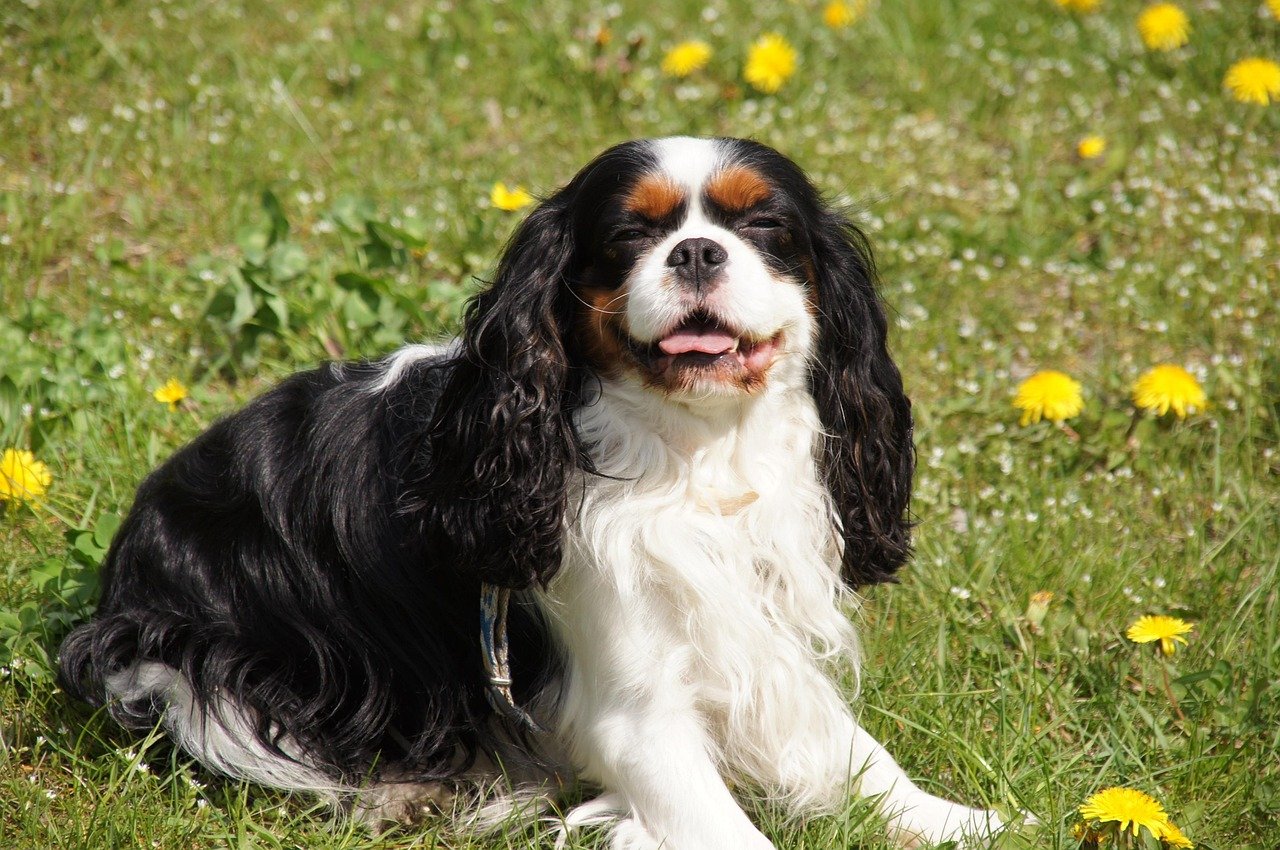
They are great dogs for apartment dwellers and first time owners, especially because they are a quieter breed. Named after a British monarch who adored them, these elegant dogs carry themselves with royal composure. Their gentle nature extends to their vocal habits.
Instead of guarding the home with an aggressive woof, you’re more likely to find the Cav calmly greeting strangers or cuddled up from a long day of napping. These dogs seem to understand that true nobility doesn’t require loud announcements – their presence speaks volumes without saying a word.
Shiba Inus – The Strong, Silent Types
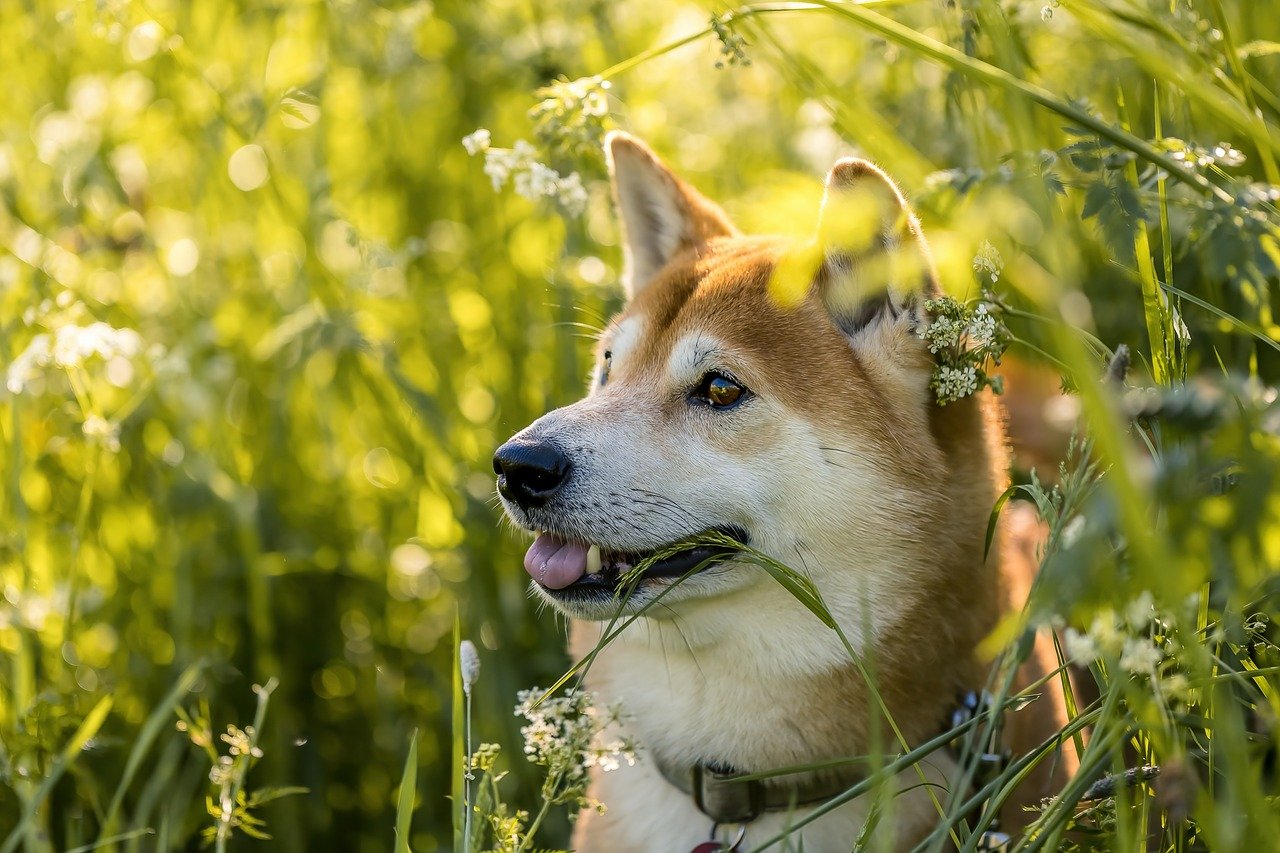
These loyal dogs look like foxes, and are about as quiet as their woodland counterparts, too. However, when they are distressed (such as during nail clipping or taking a bath), they may engage in the occasional “Shiba scream.” This Japanese breed has perfected the art of selective communication.
Described as an alert, fearless, and reserved dog with fantastic watchdog skills, the Shiba Inu – a hunting breed native to Japan – rarely barks without a cause. Shiba Inus becomes vocal when it’s absolutely necessary, for instance, if they’re trying to alert their owner or expressing a need. They’re the strong, silent type who only speaks when they have something important to say.
Newfoundlands – Gentle Giants with Quiet Souls
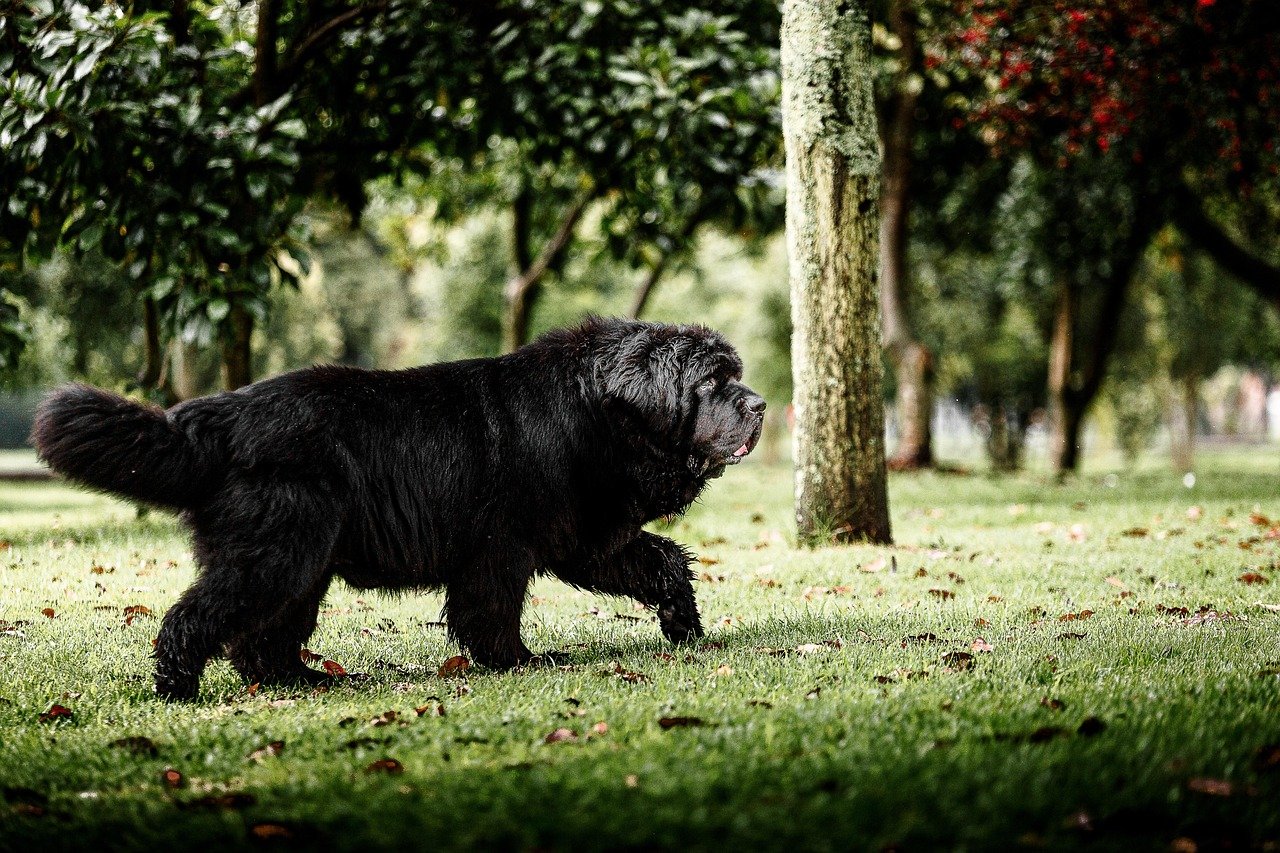
Newfoundlands are sweet, patient, and devoted dogs with a rich history of hard work and dedication to humankind. These gentle “nanny” dogs rarely bark unless it’s a must! Despite their massive size, these dogs are incredibly gentle and quiet companions.
Our Newfoundland, Zelda, rarely ever barks. Even when she needs to go out in the morning, she will come over to the edge of my bed and stomp her feet. If she does bark it’s usually when another dog is around, or she needs something immediately. These water rescue heroes prefer gentle communication over loud demands, making them perfect for families who want a big dog with a quiet personality.
Greyhounds – Speed Over Sound
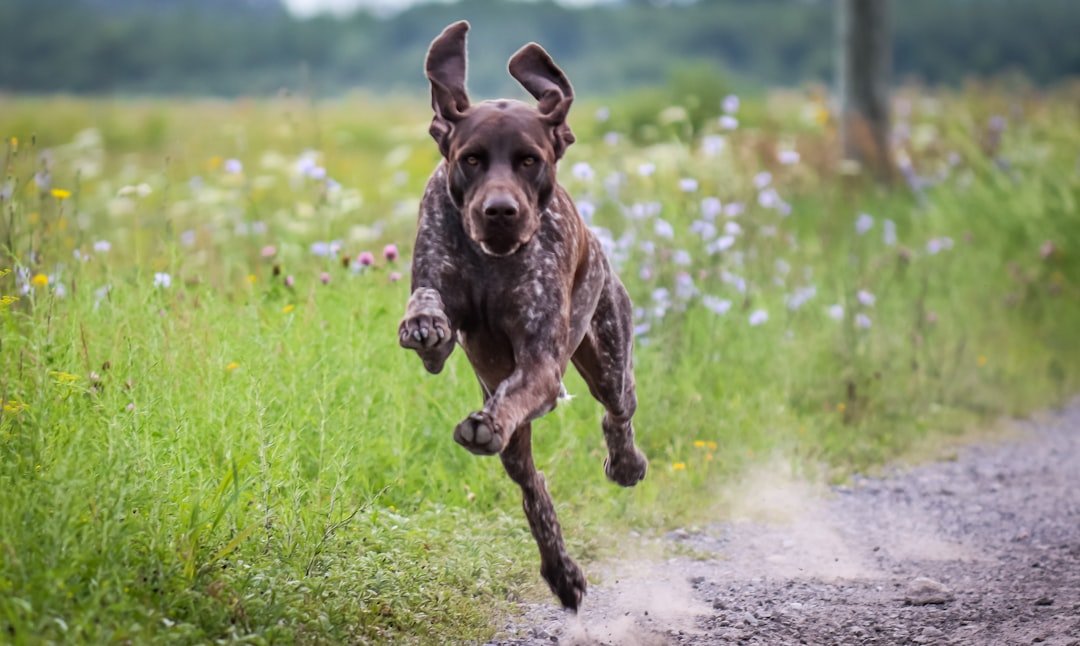
They’re friendly pups, which means they don’t make much noise. They won’t really even barks when someone comes to the door – so definitely don’t expect them to be watch dogs. These former racing dogs have channeled all their energy into being fast, not loud.
Built for speed and comfort, Greyhounds are often called “40-mile-per-hour couch potatoes.” They’d rather save their breath for a good sprint around the yard than waste it on unnecessary barking. Their calm demeanor makes them surprisingly good apartment dogs, despite their racing heritage.
Bernese Mountain Dogs – Mountain-Sized Hearts, Whisper-Sized Voices
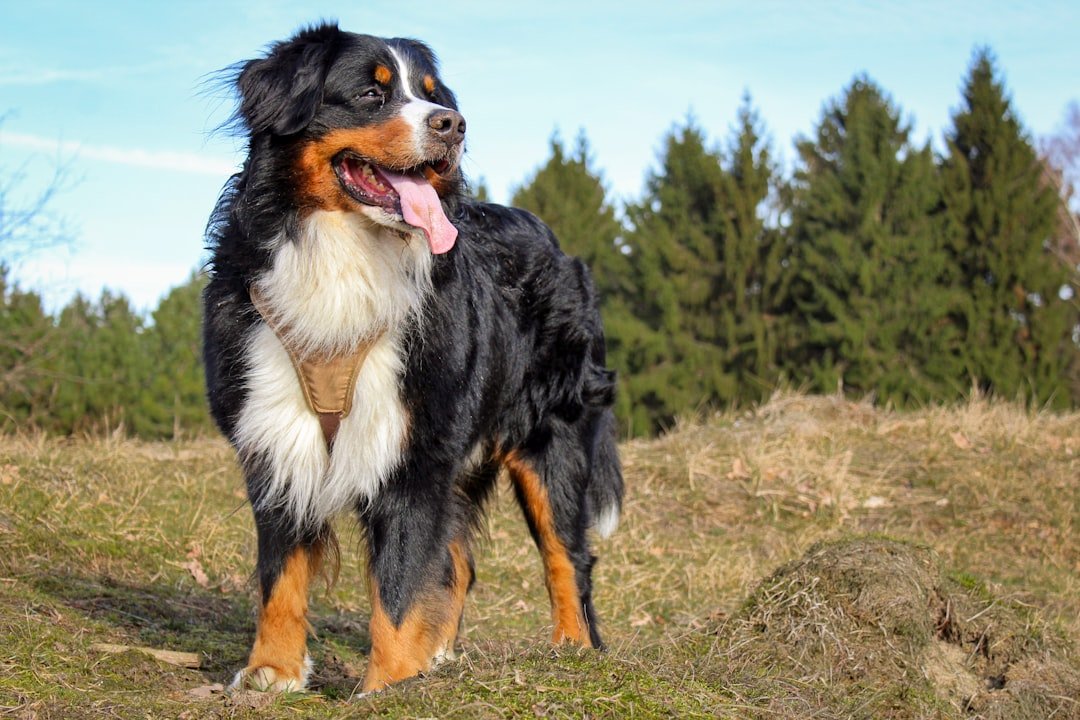
You may be able to see this gentle giant coming, but you probably won’t hear them! The Bernese Mountain Dog or “Berner” is a family favorite for many reasons, including their quiet nature. This large dog breed can weigh over 100 pounds, so even if they don’t bark, they’ll grab your attention one way or another. These Swiss working dogs prove that size doesn’t always equal volume.
Originally bred to work on farms in the Swiss Alps, Berners developed a calm, steady temperament that served them well in their mountain environment. Their gentle nature and quiet demeanor make them excellent therapy dogs and beloved family companions who communicate more through their expressive eyes than their voices.
Irish Setters – Beautiful and Bashful
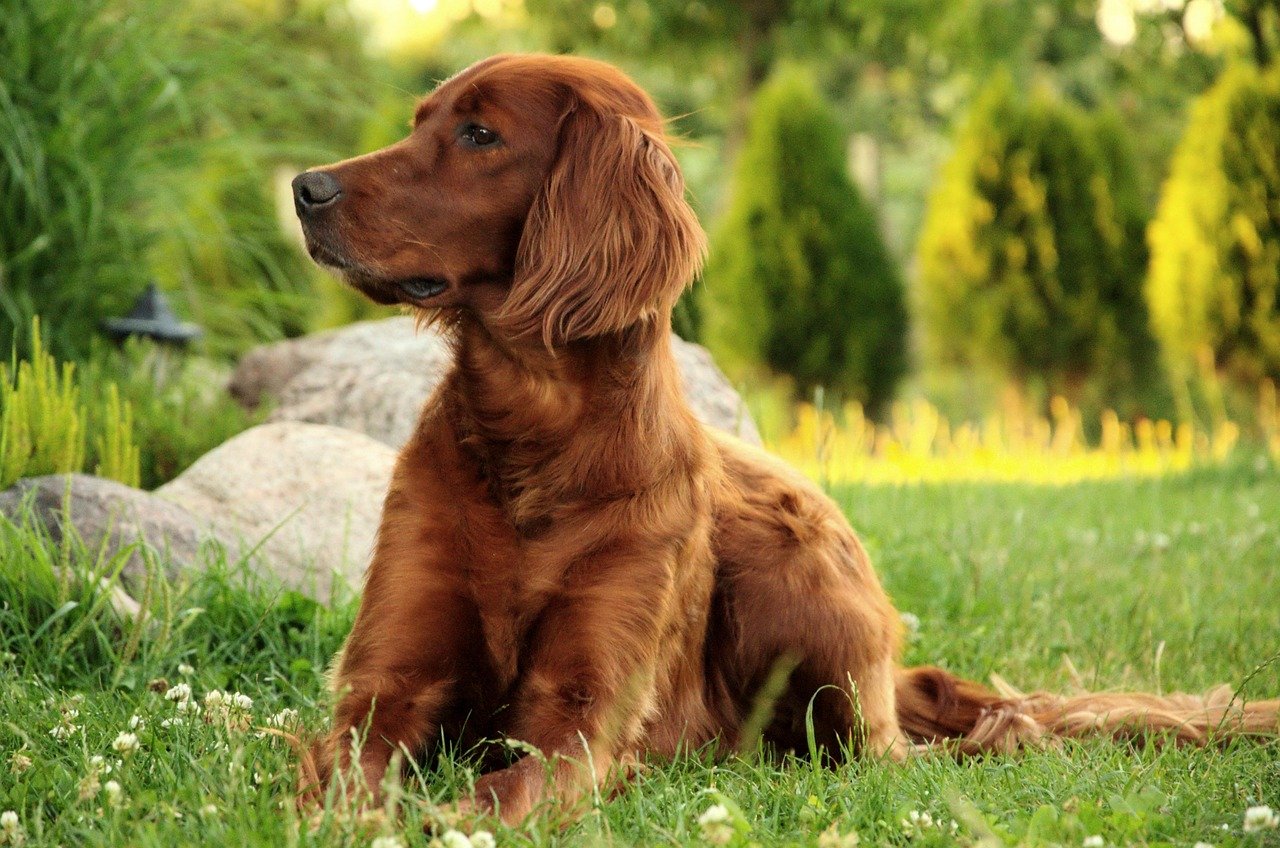
These beautiful red-coated setters are hunting dogs, not guard dogs, so their vocalizations tend to be limited to tracking down their prey if you adopt one for their intended purpose. These pups love a little peace and quiet. With their flowing red coats and elegant build, Irish Setters are stunning dogs who prefer grace over noise.
Irish Setters are silent dogs. While they aren’t suited as guard dogs, they make perfect therapy dogs. They enjoy long walks and the freedom to run through large open spaces. As such, you should expect a quiet apartment if you meet the breed’s requirements. These athletic dogs would rather spend their energy on a good run than on barking sessions.
Australian Shepherds – Selective Speakers
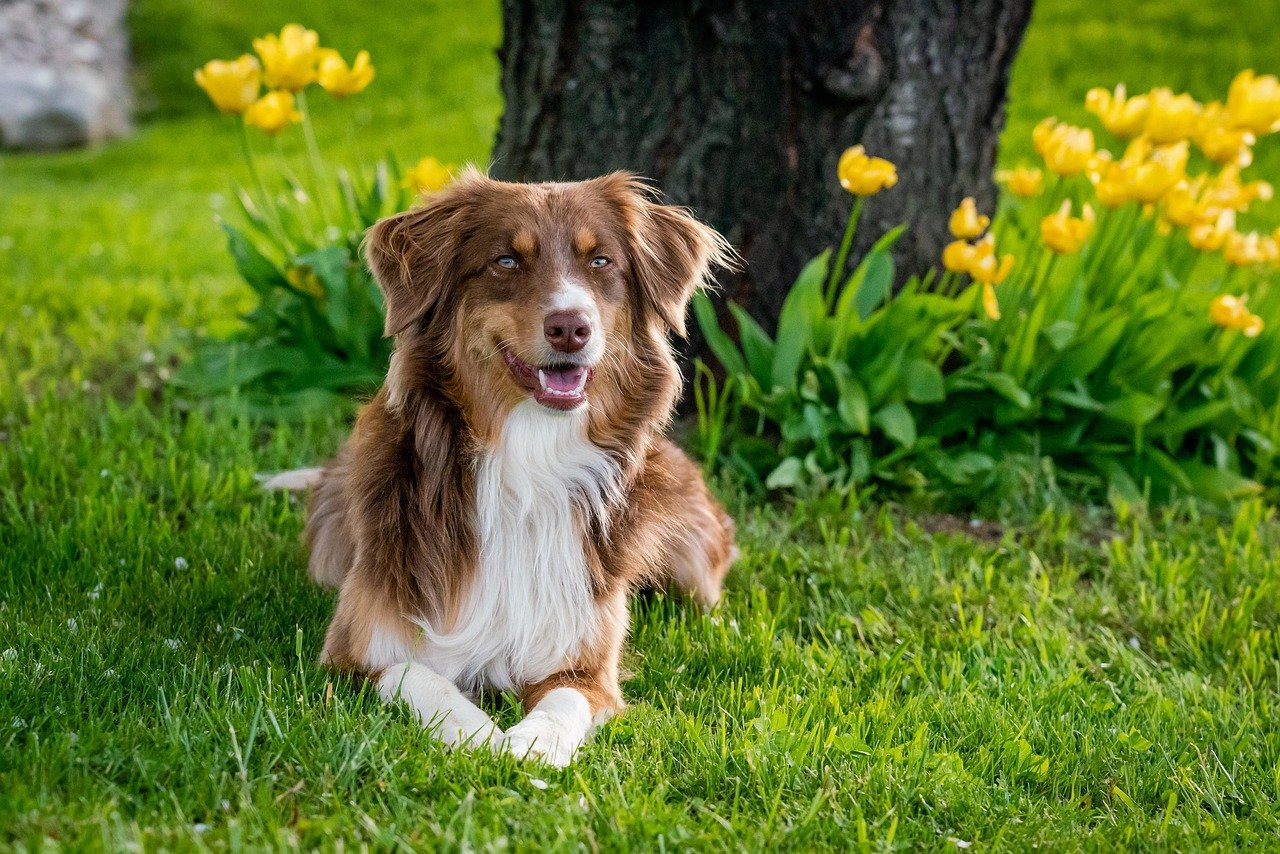
Active and sharp as a tack, Aussies as a breed actually developed mostly in the U.S., despite their name. The herders will alert their owners when they think something requires their attention (or someone’s getting out of line), but they’re unlikely to start barking up a storm at nothing in particular. These intelligent working dogs have learned the value of strategic communication.
Australian Shepherds are like the responsible older sibling of the dog world – they’ll speak up when something’s actually wrong, but they won’t waste everyone’s time with unnecessary chatter. Their herding instincts make them naturally observant, but they’ve developed the wisdom to distinguish between genuine alerts and false alarms.
Chinese Shar-Peis – Wrinkled Wisdom
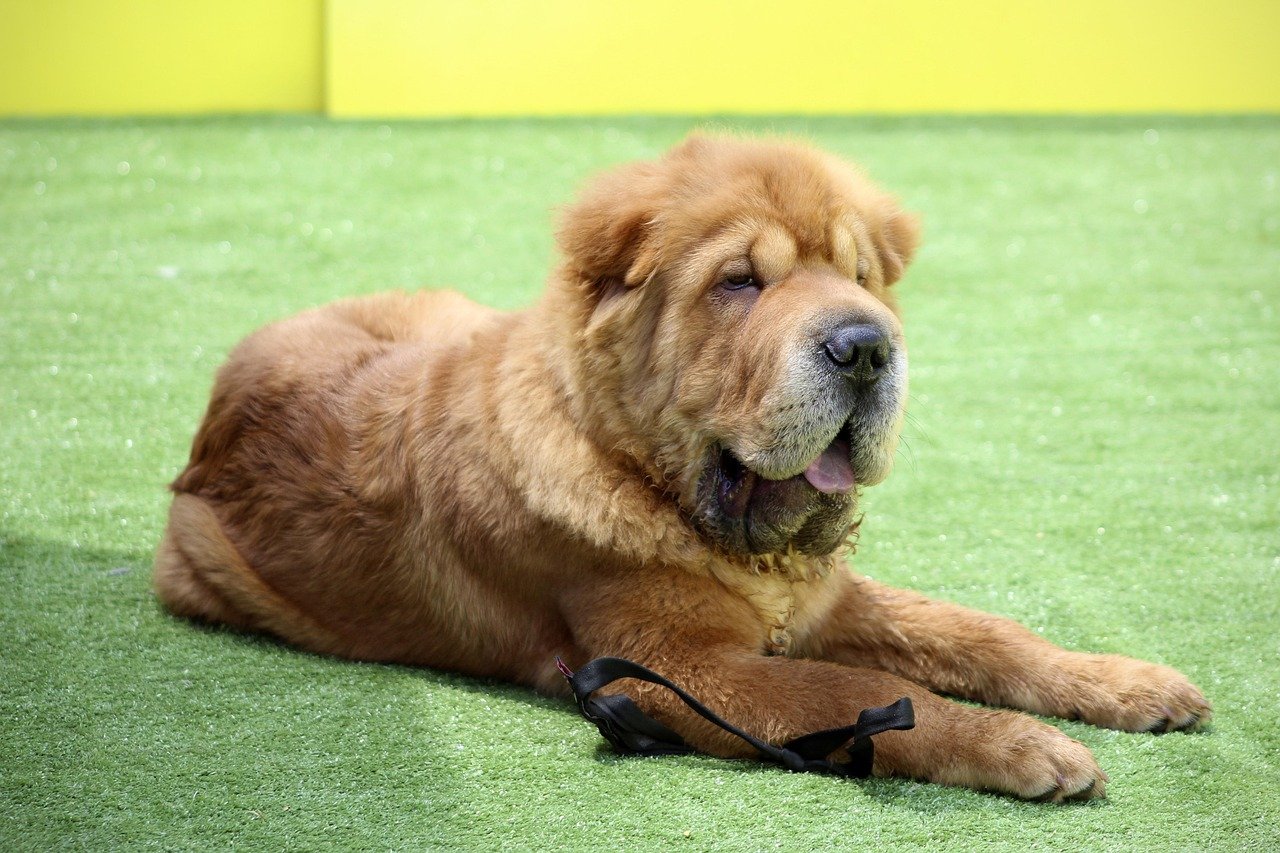
Unlike Irish Setters, Shar Peis do make good watch dogs. According to Canine Chronicle, they rarely bark unless there’s a problem nearby. These distinctive wrinkled dogs combine the alertness of a guard dog with the restraint of a wise philosopher.
The Chinese Shar-Pei is a robust, fiercely loyal, and incredibly wrinkly love bug of a breed. These zen-like dogs are among the quiet dog breeds who only make a sound to alert their families to possible threats. Like ancient temple guardians, they watch and assess before deciding whether their voice is truly needed.
And Now for the Chatterboxes – Chihuahuas Lead the Chorus
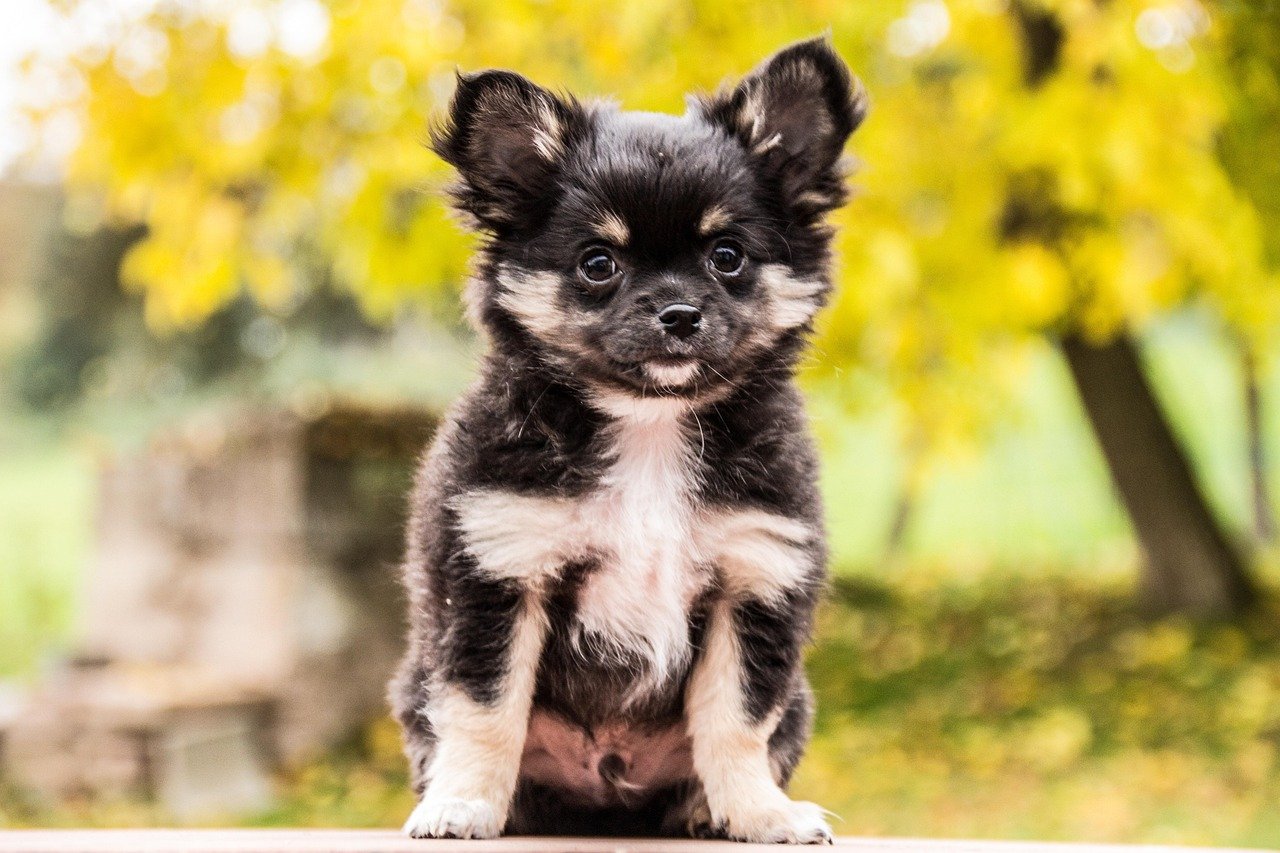
Didn’t expect the smallest dog breed out there to be on this list, did you? They are like a big bomb in a small package. They compensate for their small size with an insanely loud bark. They are also among the most aggressive ones out there. These tiny powerhouses prove that big personalities don’t always come in big packages.
Though one of the smallest breeds, weighing 2-6 pounds, they seem to think they are much bigger – a huge dog in a tiny suit. Their natural belligerence toward other dogs and their possessiveness over their home and people can lead them to be excessively noisy. Not only will they bark at any provocation, but sometimes it seems as though they will bark at nothing at all. Chihuahuas have appointed themselves as the neighborhood watch committee, whether anyone asked them to or not.
Beagles – The Musical Theater Stars
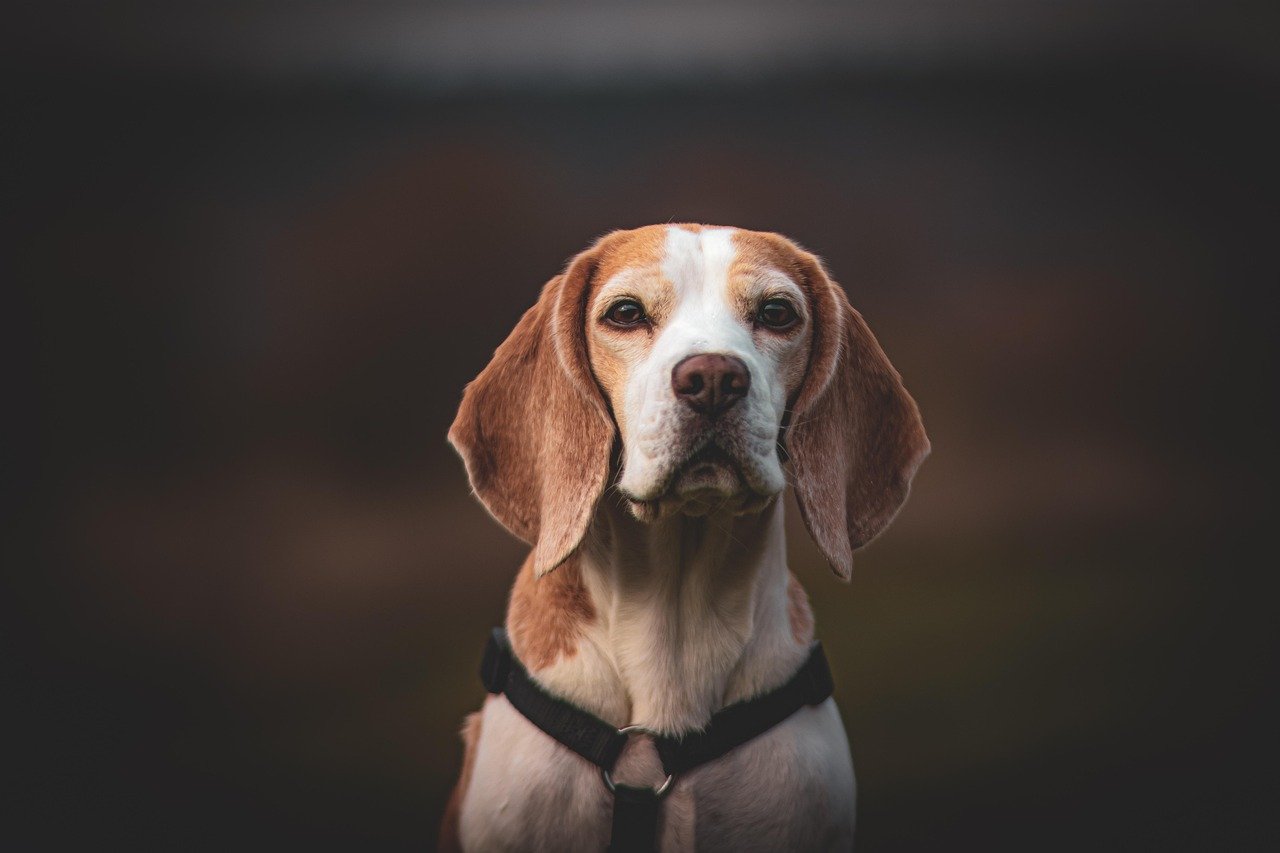
While the exact etymology is debated, these vocal dogs certainly live up to their reputation for being talkative. Beagles aren’t just barkers – they’re full-blown canine opera singers who believe every moment deserves a soundtrack.
These dogs are known for their howling. Beagles have almost a musical quality to their howl and will often vocalize along with sirens or other loud noises. Fans of the Beagle call his distinctive voice “musical,” but it’s important to remember that not everyone agrees. Many Beagles sing along to sirens, “give tongue” when they are hunting, and bark when strangers come to the door, but they aren’t usually nuisance barkers unless they are bored or lonely. They’re the dogs who think life needs a constant background chorus.
Siberian Huskies – The Drama Queens
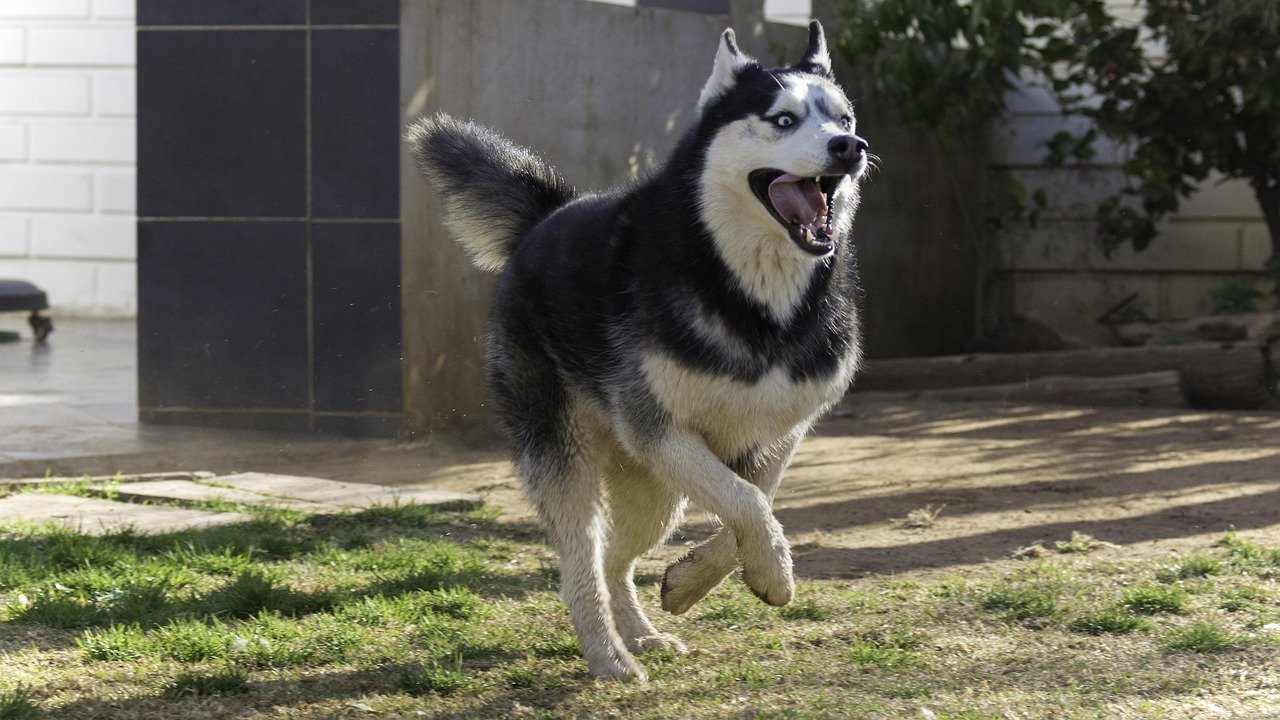
Siberian Huskies are highly vocal dogs that use barking as a primary means of communication. Their distinctive howl-like bark can be heard over long distances and is often used to alert their owners or pack members to their presence. These Arctic athletes don’t just bark – they perform entire emotional soliloquies about their feelings.
From barking to whining to howling to screeching, a Husky would use all of these to express everything it feels. They will not shy away from expressing their excitement and will not keep it in if they are feeling stressed or anxious. Huskies are the dogs who believe every emotion deserves its own vocal expression, creating their own personal soundtrack for daily life.
Yorkshire Terriers – Small Dogs, Big Opinions
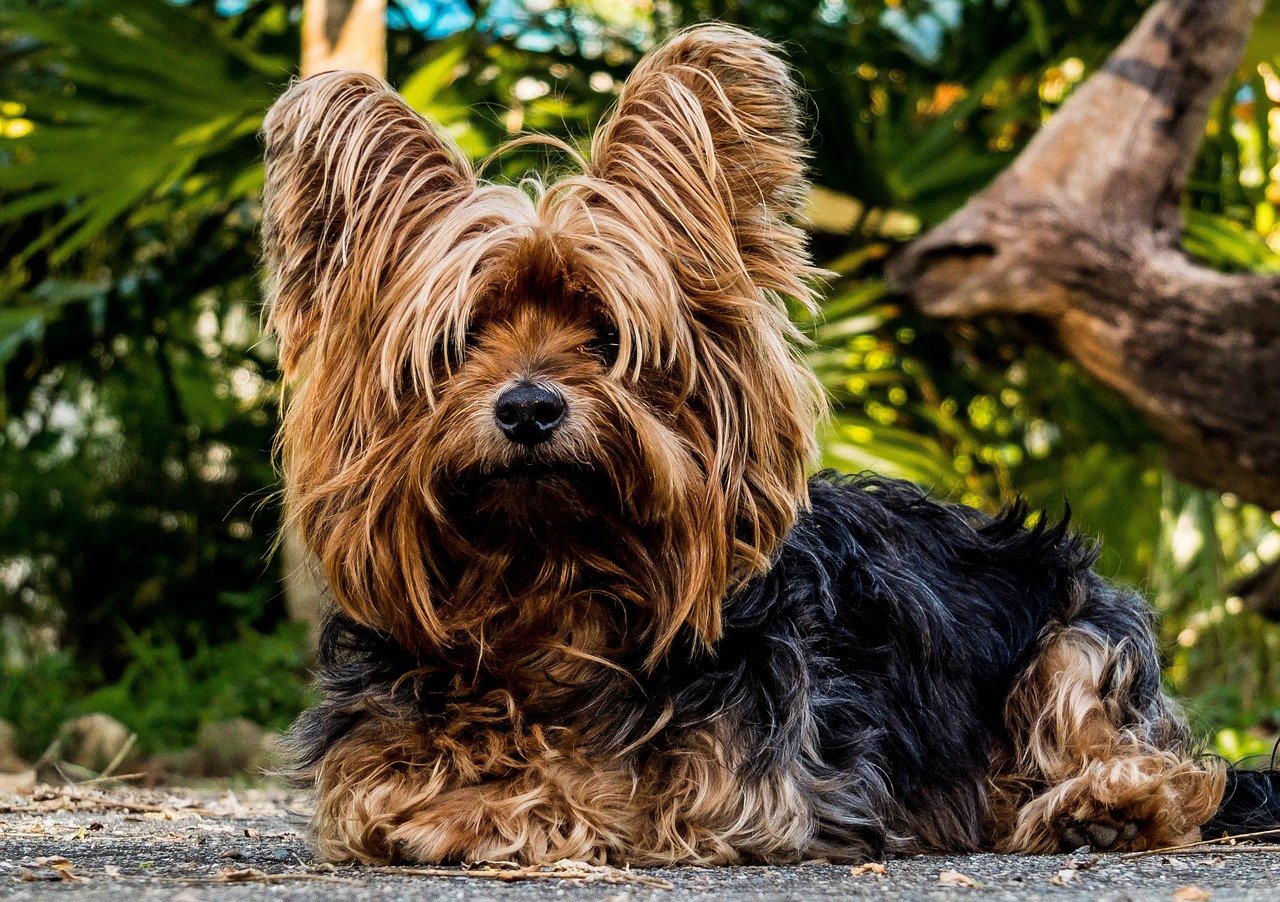
Yorkshire Terrier: This feisty and independent breed is known for its loud, high-pitched bark. They tend to bark when seeking attention, feeling anxious, or alerting their owners to something they perceive as unusual. These tiny terriers pack a surprising amount of attitude into their small frames.
Yorkshire Terriers are like that friend who always has something to say about everything – except instead of using words, they use their distinctively sharp bark. Their small size doesn’t stop them from believing they’re in charge of household security, neighborhood watch, and general quality control for everything that happens within their sight.
Poodles – The Attention-Seeking Intellectuals
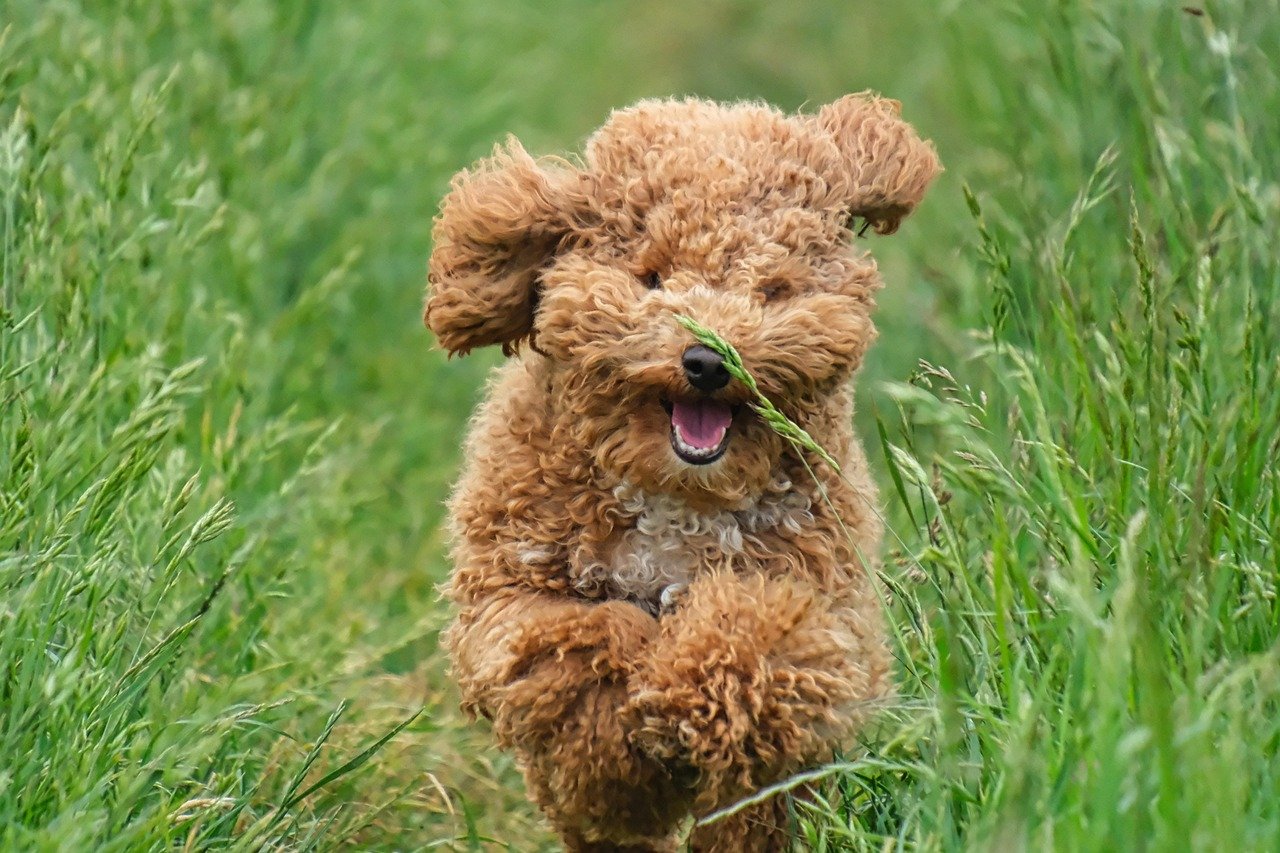
Each Poodle is different, but all three sizes are prone to barking. They become alarmed easily and will make noise to let you know they are anxious or curious. A very intelligent breed, some of them use barking to manipulate their humans. “If I bark, my people will come,” he seems to say. This can be an issue if the Poodle is left alone for much of the day. Poodles have figured out that their intelligence extends to understanding exactly how to get human attention.
These curly-coated intellectuals have mastered the art of strategic barking. They’re smart enough to know which bark gets them food, which one brings comfort, and which one summons their humans for entertainment. It’s like living with a furry genius who’s learned to speak human through carefully calibrated woofs.
Conclusion – Finding Your Perfect Voice Match
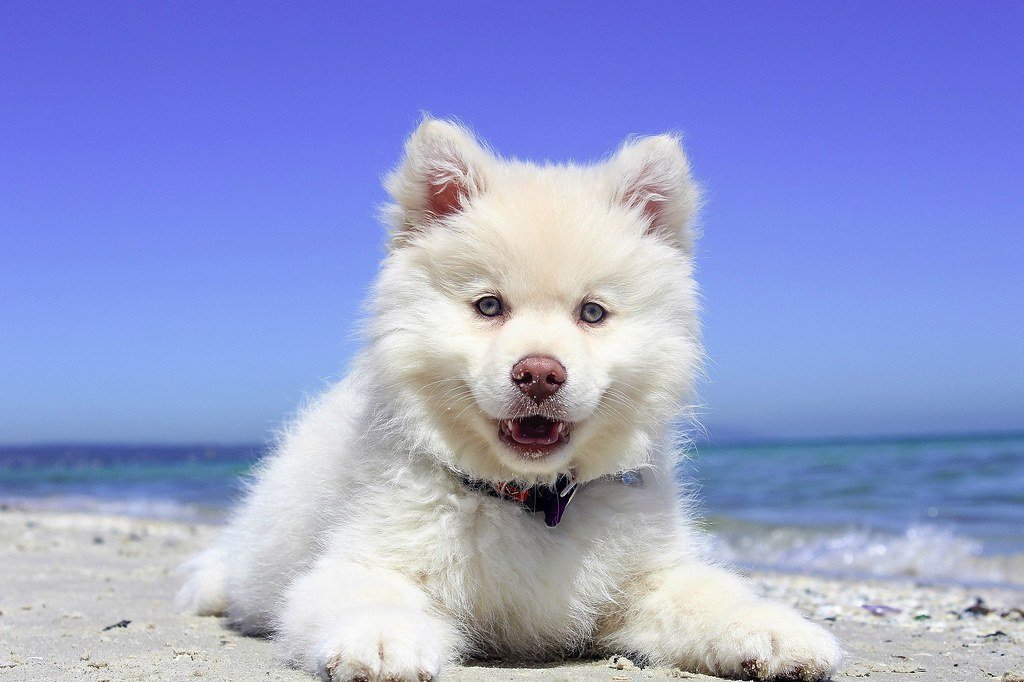
The difference between quiet dogs and chatty ones often comes down to their original purpose and breeding. Their speed is such an effective hunting tactic that they likely did not need to use their voice against predators, which might explain why these dogs bark less than others. Working dogs who needed stealth developed into quiet breeds, while those who needed to communicate over distances or alert handlers became the vocal performers we know today.
Remember that individual personality matters just as much as breed tendencies. No dog is truly silent, but several are much less vocal than others, and extensive training can go a long way in keeping any dog from barking unnecessarily. Whether you choose a quiet companion or a chatty friend, understanding your dog’s natural tendencies helps you provide the right environment and training for a harmonious relationship.
Did you expect such variety in the canine communication world?

Andrew Alpin from India is the Brand Manager of Doggo digest. Andrew is an experienced content specialist and social media manager with a passion for writing. His forte includes health and wellness, Travel, Animals, and Nature. A nature nomad, Andrew is obsessed with mountains and loves high-altitude trekking. He has been on several Himalayan treks in India including the Everest Base Camp in Nepal.






